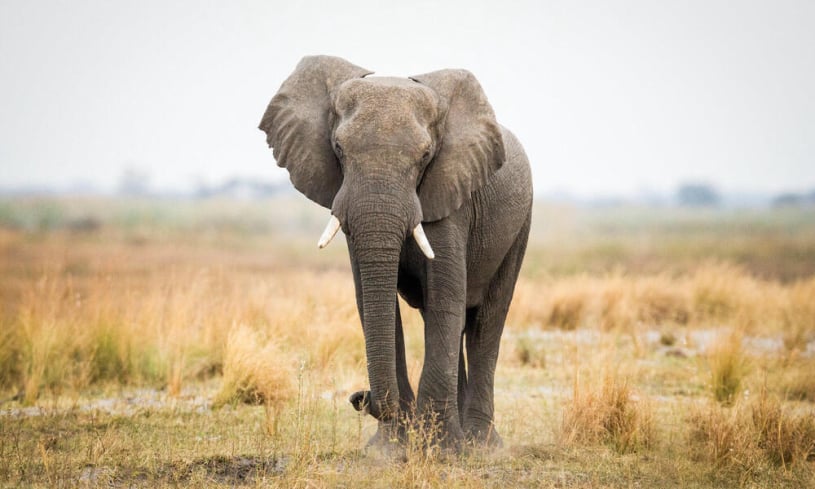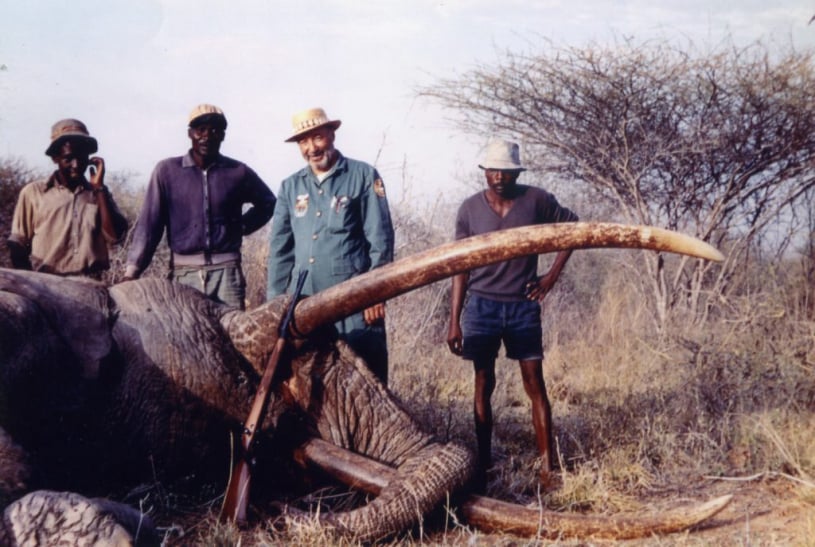
Problem
But, due to the high value of tusks in the ivory trade, elephants started being poached for their tusks. Elephants that have no tusks are more likely to be left alone, as the main thing the poachers want is the high-value tusks. This made the tusked elephant population steadily decline, and the tuskless elephants that remain dominate the population more now since tusked elephants are declining. This is actually bad for the elephant species as the tuskless elephants struggle to defend themselves, dig for water, and strip bark from trees for food. The elephants actually play a key role in shaping the environment; other living things that depend on the changes elephants make to their habitat make pathways in dense forested habitat that allow passage for other animals. An elephant footprint can also enable a micro-ecosystem that, when filled with water, can provide a home for tadpoles and other organisms. This shows how human actions can affect both species and ecosystems.

Theoritical Background
Over the years, Elephant tusks evolved from teeth, giving the species an evolutionary advantage such as digging, lifting objects, gathering food, and more. As we know some hunters prefer to catch elephants with big tusks which are considered valuable , because of that, the population of them is rapidly decreasing. Which we know because of poachers hunting elephant tusk. Which has led to a significant decline in elephant numbers across various regions. This selective hunting has also resulted in an evolutionary shift, with some elephants now being born without tusks, a trait that may help them avoid being targeted by poachers but also limits their ability to perform essential tasks to survive in the wild.

Hypothesis
If the overhunting keeps going on, we will see a change to the offspring of the elephant because tusklessness is a dominant trait, particularly in females, and it's carried on the X chromosome
